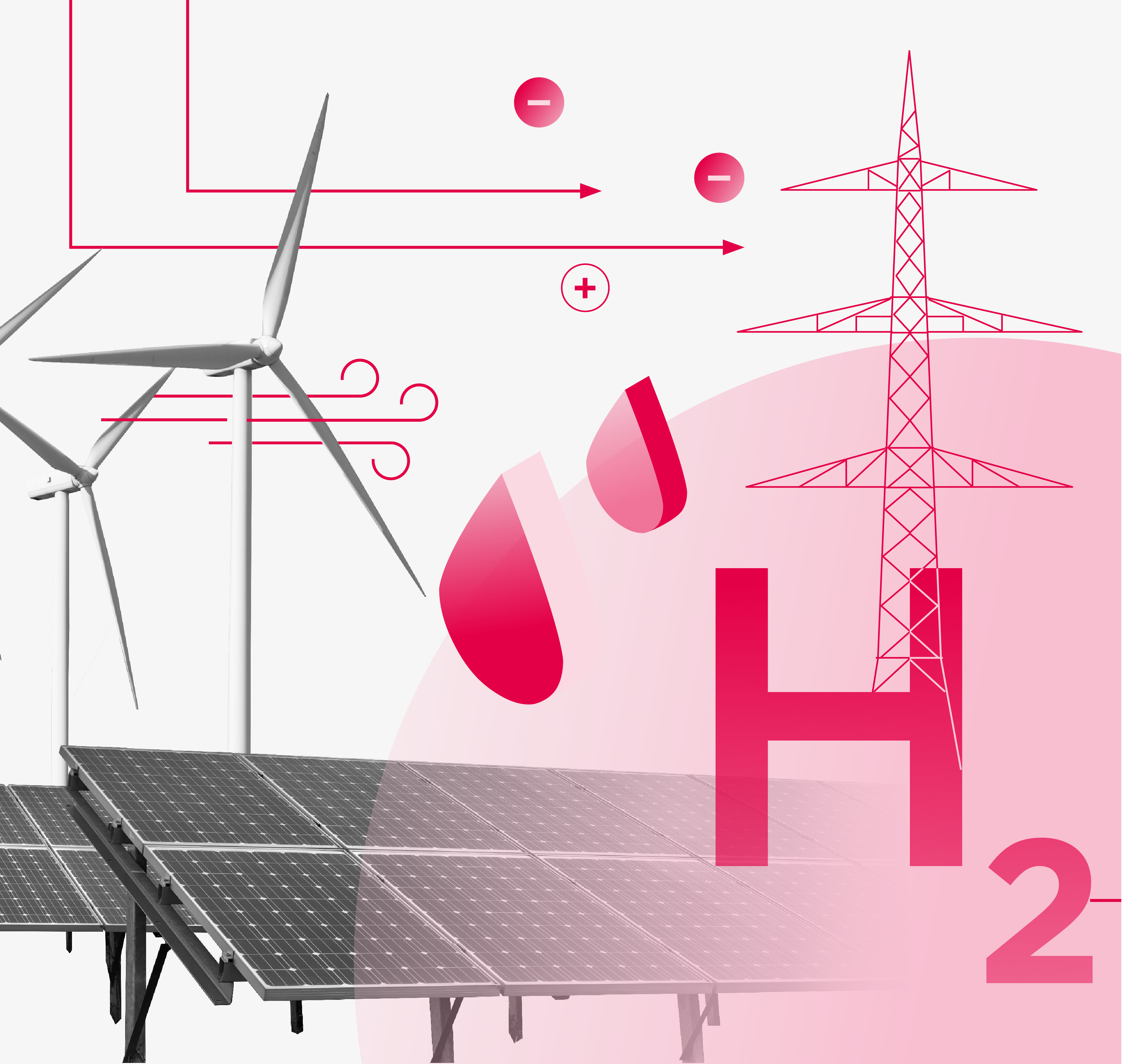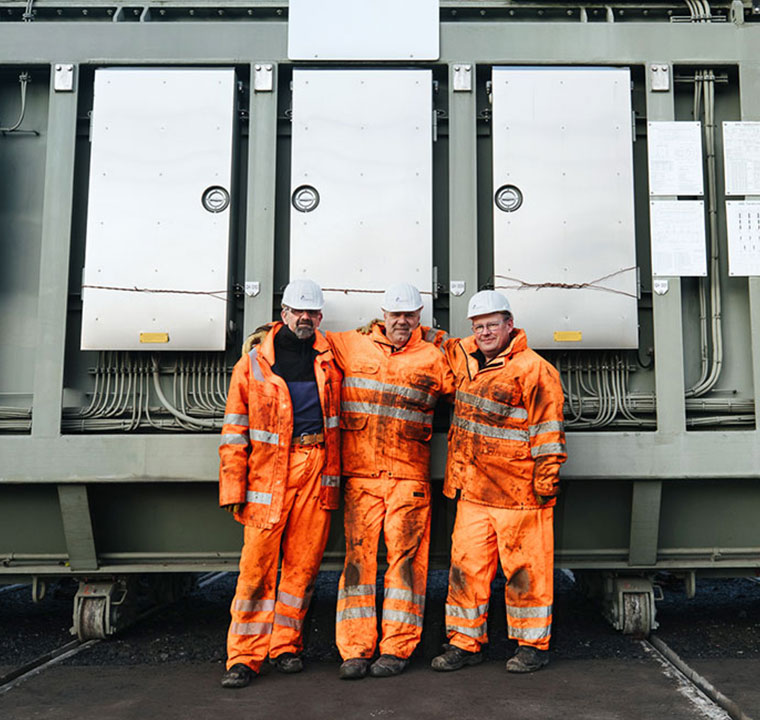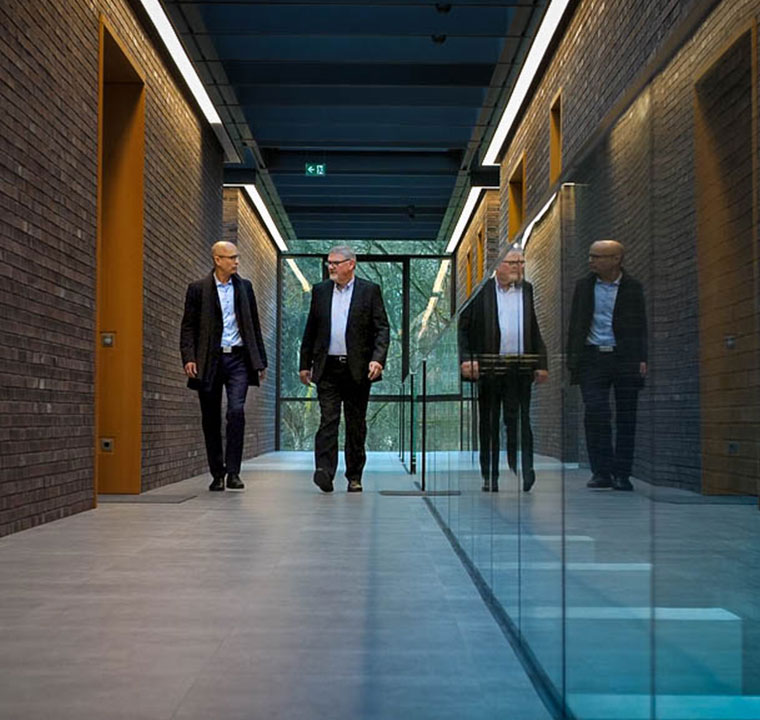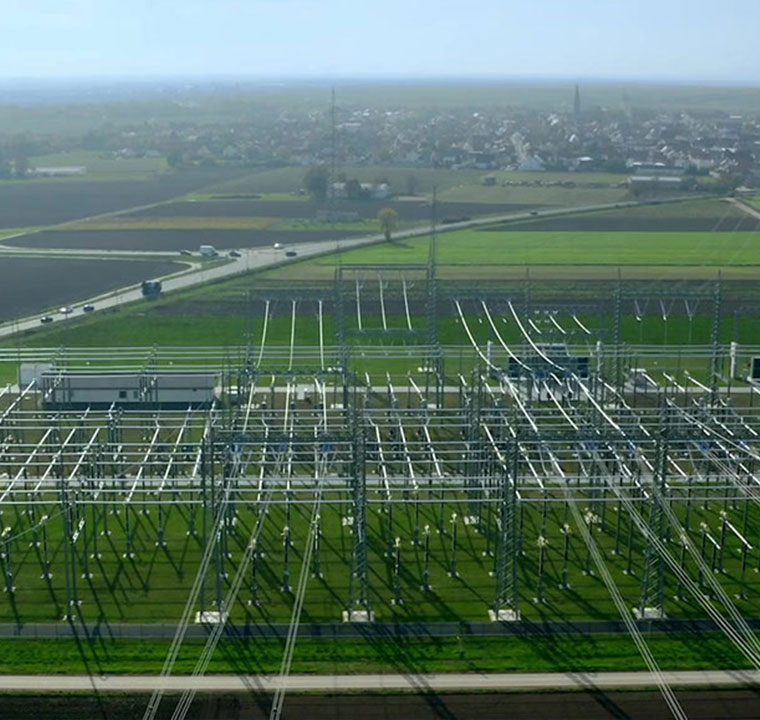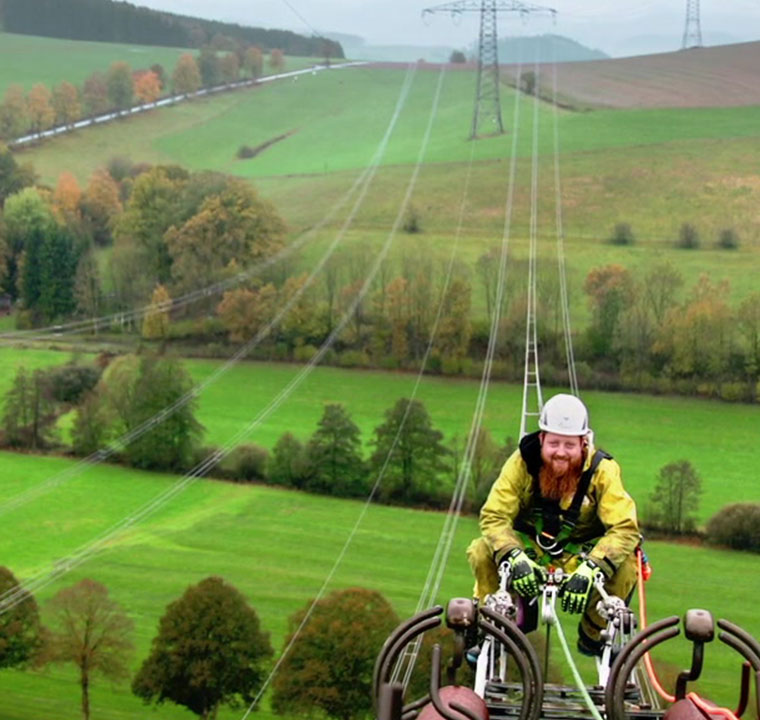Exploiting the potential of wind and sun
The path chosen in the battle to achieve carbon neutrality requires a sustainable energy supply for the electricity, heat and mobility sectors. Expanding renewables in a market-driven and generally accepted manner is therefore of crucial importance. In view of the potential here, the state government considers a doubling of onshore wind and photovoltaic generation capacities by 2030 to be possible.
However, this restructuring of the energy system must not be carried out at the expense of the security and reliability of the energy supply and the competitiveness of our industries. The issue of affordability must be taken into account with regard to both energy-intensive industries and consumers, with appropriate forms of financial relief, including reduction of the electricity tax.
We as the state government are working at the federal level to promote development of the methodology for assessing the security of supply. Furthermore, we need an investment mechanism for flexible backup power plants to ensure that sufficient capacities are available in the medium term and that gas-fired power stations incorporated into the scenarios of the Grid Development Plan Electricity also become a reality. The Energy Supply Strategy for NRW is based on local locational advantages: gas-fired power stations can be built at existing power plant sites as replacements for coal-fired power stations, meaning existing network nodes in the transmission grid can continue to be used. In the long term, these power stations can be converted to synthetic gas produced from renewable sources.
Approval procedures will be simplified
In addition to sufficient generation capacities, it is essential that capable networks are available to transmit and distribute the electricity generated. By establishing technical standards, the state government is simplifying approval procedures in order to accelerate the demand-oriented expansion of the electricity grids. The cross-sectoral planning of infrastructure is also gaining in importance as a result of sector coupling. We support the move on the part of the grid operators to take a closer look at integrating the power grids and gas networks in order to optimise the energy system as a whole.
Setting the course for green hydrogen
The course must also be set today for the next development steps, for example for the use of power-to-X (PtX or P2X) technologies such as green hydrogen. Since PtX applications will also have a massive influence on future transport requirements in the transmission grid, these must be taken into account from an early stage when updating requirements planning. At the same time, the political framework conditions must be set in such a way that market penetration by PtX is efficient and synchronised with the development of the grid infrastructure.
In our efforts to restructure the energy system, we are focusing on securing the power supply for a modern, green and prosperous North Rhine-Westphalia and we will build on the successful dialogue and collaboration around work on our Energy Supply Strategy.

